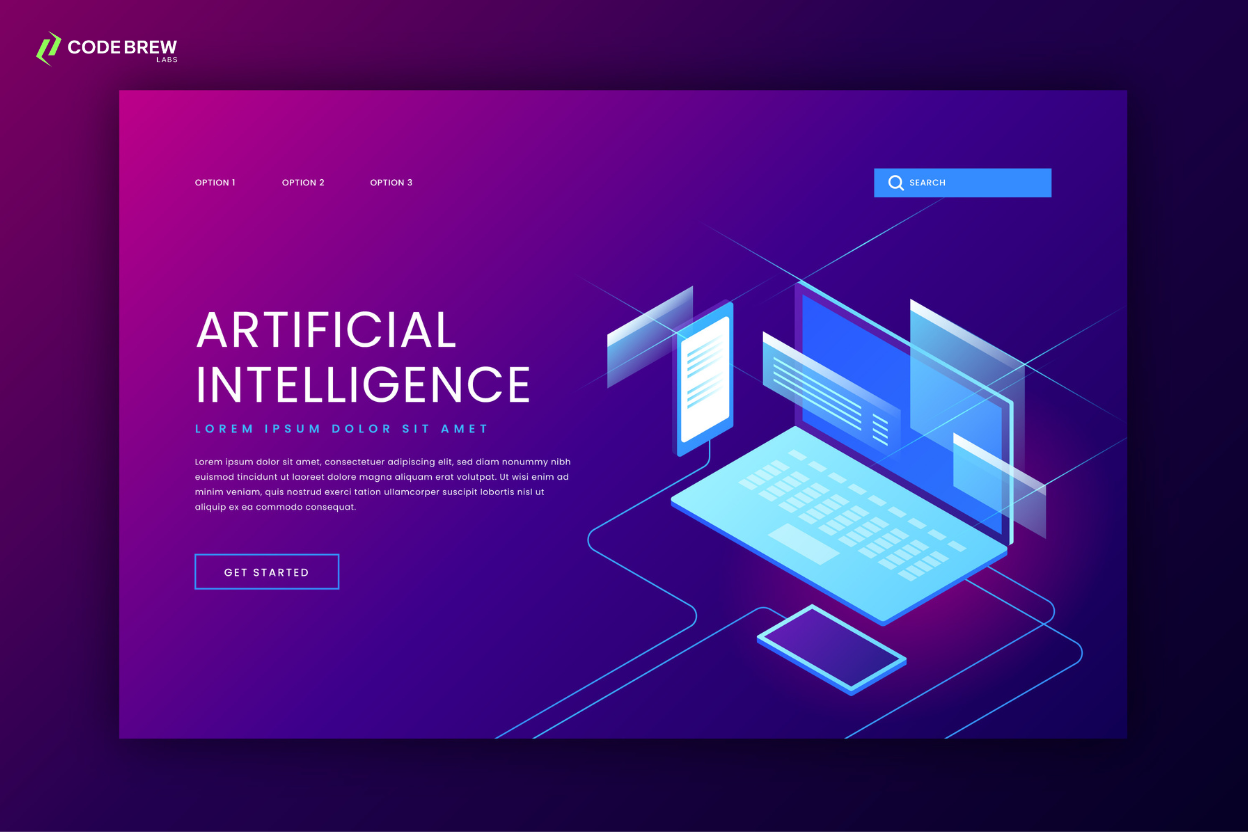The global disinfectant robot market size is experiencing rapid growth, driven by advancements in robotics and the rising demand for effective disinfection solutions. With a projected compound annual growth rate (CAGR) of 31.6% between 2024 and 2032, this market is on track to revolutionize how industries combat infectious diseases and manage sanitation. Disinfectant robots, particularly those equipped with UVC technologies, are becoming essential tools in healthcare, public spaces, and transportation sectors.
Market Outlook
The disinfectant robot market is witnessing unprecedented demand, fueled by the increasing need for efficient and non-invasive disinfection solutions. Governments and private sectors across the globe are investing in these technologies to ensure public safety and manage threats like pandemics. As awareness about automated disinfection grows, industries are adopting these robots for their ability to reduce human exposure to harmful pathogens.
Report Overview
This report provides a comprehensive analysis of the global disinfectant robot market from 2024 to 2032. It covers market size, growth dynamics, segmentation, key drivers, challenges, and recent developments. The report also highlights regional trends and profiles major players in the industry.
Market Size
The global disinfectant robot market, valued at USD 1.32 billion in 2023, is expected to grow exponentially, reaching approximately USD 8.90 billion by 2032. The increasing adoption of UVC robots, along with AI-driven technologies, is driving this growth. North America, Europe, and Asia are emerging as major markets due to their early adoption of automation and growing healthcare infrastructure.
Market Dynamics
Market Drivers
- Technological Advancements: Innovations like UVC-based disinfection and AI-powered navigation are making disinfectant robots highly effective and efficient.
- Increased Focus on Public Health: The COVID-19 pandemic highlighted the importance of stringent hygiene measures, boosting demand for automated disinfection.
- Rising Investments in Robotics: Governments and private companies are investing heavily in robotics to enhance sanitation in healthcare, airports, and public transport.
- Labor Shortages: Disinfectant robots are addressing labor shortages in sanitation by automating repetitive tasks.
Key Challenges
- High Initial Costs: The high cost of disinfectant robots remains a barrier for small and medium-sized enterprises.
- Maintenance and Technical Expertise: Operating and maintaining these robots require technical skills, posing a challenge for some organizations.
- Regulatory Issues: Strict regulations and standards for disinfection products can slow down the deployment of robots.
Segmentation
By Technology
- UVC Robots: These robots dominate the market due to their efficiency in eliminating bacteria and viruses without chemicals.
- Hydrogen Peroxide Vapor (HPV) Robots: Widely used in hospitals, these robots offer deep disinfection.
- Others: Including spray-based and dual-technology robots.
By End-User
- Healthcare: Hospitals and clinics are the largest users, leveraging robots to ensure sterilized environments.
- Public Spaces: Airports, malls, and transportation hubs are adopting disinfectant robots to enhance public safety.
- Industrial Applications: Factories and warehouses are deploying these robots to maintain clean and safe work environments.
By Region
- North America: Leading the market due to early adoption and strong healthcare infrastructure.
- Europe: Increasing investments in healthcare automation drive market growth.
- Asia-Pacific: Rapid urbanization and government initiatives fuel demand in countries like China, Japan, and India.
Recent Developments
- Launch of AI-Driven Robots: Companies like Blue Ocean Robotics have introduced AI-powered UVC robots that optimize disinfection routes and save energy.
- Collaborations and Partnerships: Xenex Disinfection Services partnered with hospitals worldwide to deploy its patented LightStrike robots.
- Technological Upgrades: Finsen Technologies and Tru-D SmartUVC are integrating IoT and machine learning to enhance robot efficiency.
Key Players
Major players in the global disinfectant robot market include:
- Blue Ocean Robotics
- Xenex Disinfection Services Inc.
- Finsen Technologies Ltd.
- SKYTRON, LLC
- Tru-D SmartUVC LLC
- Others
These companies focus on innovation and strategic partnerships to strengthen their market presence.
Market Trends
- Increased Adoption in Public Transport: Airports and metro systems use disinfectant robots to ensure safe travel for passengers.
- Integration with IoT: Robots equipped with IoT technology provide real-time data and analytics for better decision-making.
- Expansion in Emerging Markets: Developing regions are increasingly adopting disinfectant robots to improve public health infrastructure.
Application Insights
Disinfectant robots find applications in:
- Hospitals: Reducing hospital-acquired infections by sterilizing patient rooms and operating theaters.
- Public Spaces: Disinfecting high-traffic areas like shopping malls and airports.
- Industrial Settings: Ensuring hygiene in food processing and pharmaceutical manufacturing.
FAQs
- What drives the growth of the disinfectant robot market?
- Advanced UVC technology, rising public health concerns, and labor shortages drive market growth.
- Which region dominates the market?
- North America leads the market, followed by Europe and Asia-Pacific.
- What are the key applications of disinfectant robots?
- Healthcare, public transport, and industrial hygiene.
- What challenges does the market face?
- High costs, technical expertise requirements, and regulatory hurdles.
- Who are the major players in the market?
- Key players include Blue Ocean Robotics, Xenex, Finsen Technologies, and SKYTRON.
- What is the market’s growth forecast?
- The market is expected to grow at a CAGR of 31.6%, reaching USD 8.90 billion by 2032.












Leave a Reply